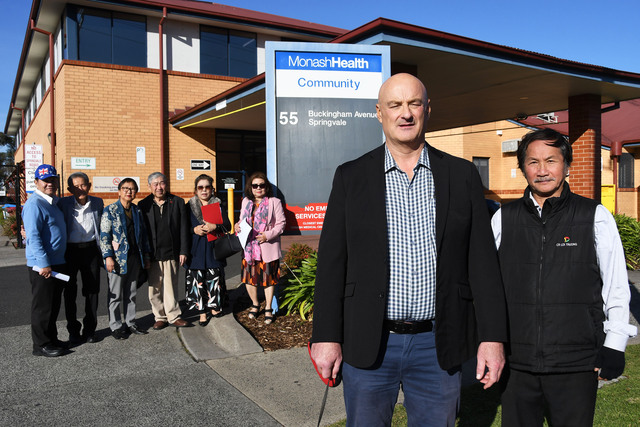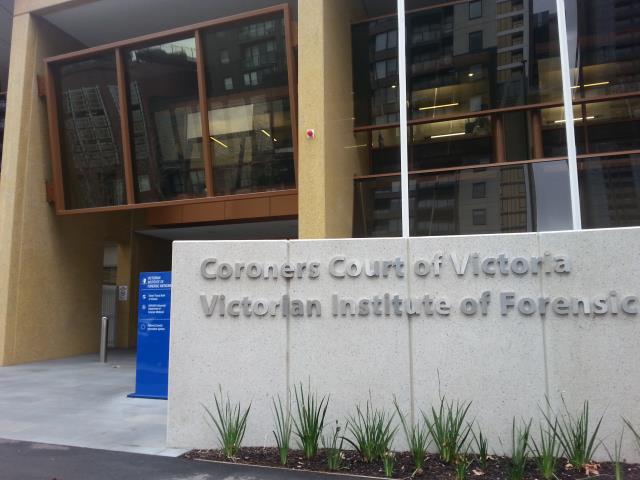By CAM LUCADOU-WELLS
VICTORIA Legal Aid has announced a more generous means test for legal assistance to people who can’t afford a private lawyer.
Nicole Rich, executive director of VLA’s Westernport region, said the updated means test from 1 March was fairer, acknowledging a lot of disadvantaged people who struggle to pay for a lawyer have “missed out”.
“The general point of legal aid is it’s there for people who can’t afford to pay for their own lawyer.
“The most intensive help is for people most in need of help, such as those facing jail.
“A lot of people miss out on that because there’s only a finite amount of legal aid funds.”
The means test is expected to deliver 700 more legal assistance grants a year.
It has been adjusted to take into account soaring cost-of-living expenses such as child care and house rent, which will be particularly crucial for clients in Greater Dandenong,
There’s higher asset thresholds, lifting allowable home equity from $300,000 to $500,000 as well as other cut-off levels.
This could potentially help a disability pensioner, who might own their own home – which has rocketed in value – but are otherwise income-poor.
Ms Rich predicts the change will have a big impact in the family law area.
Often the means test can potentially determine which partner gets the help of a lawyer during mediation or court hearings.
Ms Rich gives the example of a woman, who may have left the home due to family violence and so gets the family car to take the kids to school.
The woman may be denied legal aid because her “humble” vehicle may be worth more than the $11,280 vehicle equity threshold.
From March, that threshold will be lifted to $20,000.
VLA legal practice executive director Kristen Hilton said even under the extended means test, too many people would miss out on help.
“We know that better access to justice requires increased government investment in the legal assistance sector and implementation of the Productivity Commission’s recommendation for an extra $200 million would begin to address existing need.”







